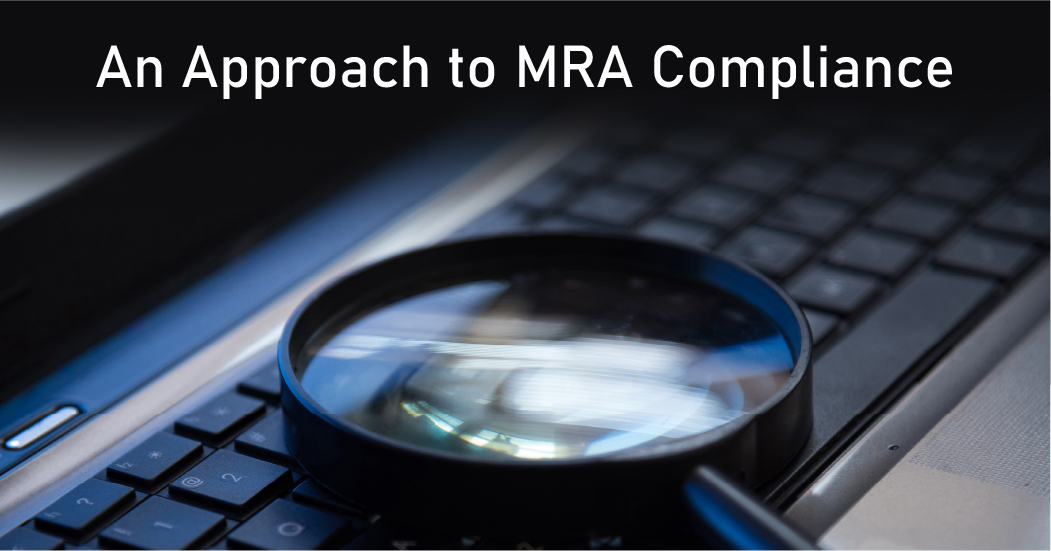MRA Compliance (MRAC) is a team effort. It is the combined effort of operations, clinical, technology, compliance, quality, utilization management, and finance and a strong rapport among all the teams with continued meetings, goal-setting, feedback, and dialogue and collective effort is critical.
MRA compliance is not just about listing diagnoses and making money. It is about how to approach a patient, with an enquiring mind, looking deep into their history and clinical past, their present treatments and medications, their complaints, their records and consultations along with investigations and documenting what you see. Such an approach gives new insights, helps hone our treatment, remove unwanted therapeutic interventions, and empowers the clinician and the patient.
- Every diagnosis is intimately linked to other aspects of our team effort. For example, a diagnosis of Diabetes once made immediately involves quality with all the manifold measures which must be looked into, utilization and care management, patient education, and subsequent follow-up and disease management, immaculate record keeping, and reporting, etc.
- MRA compliance is about getting the story correct. It is about taking a step back and listening, not rushing and zooming out as well as zooming in, giving the patient space, building a team of MAs and nurses who are as curious and patient as the doctor. It is about giving the patient space and letting him or her share his narrative.
- Great record keeping is an essential part of MRAC. That means getting all the records from hospitals, labs, specialists, SNFs, ASCs, out of state visits, out of country travels, cruises, social data, personal data and organizing them methodically, consistently, systematically.
- MRAC is about writing the patient’s story in a manner that all the dots connect, that any auditor when reviewing is satisfied, where one part of the story does not contradict the other (and if it does, it should be explained and explainable), where all the elements of the proper note are satisfied, where it looks like a story and not a sloppy job. Like a story from James Joyce or Hemingway where every statement is written to a final effect. And the close is final and strong. Threads are not left dangling and twisted, or in knots, questions are not left unanswered and more questions are not created. It looks like a professional job like an apple phone, complete, perfect, compact.
- MRAC is also about screening, turning the stones over and looking underneath, keeping an eye out for clues like a good diagnostician and following them, and documenting the thought process.
- MRAC is about seeing all the patients in your panel, building a relationship so that they are engaged and open, willing to share their hidden or secret past or present, bringing them all in and spending time with them at their medical home. It is about them trusting you, the provider. It is about you, looking out for them, and building a sustained and long-term relationship and rapport.
- MRAC is about learning and having fun. Not to make it drudgery and compliance avoidance, a painful process but realizing that it is an essential element of good patient care. it is a record you would be proud to share with another physician who is taking care of your patient in some city, in some other setting.
- It is what you would want your doctor to do for you.
- It is not being judgmental but accurate, not an inattentive focus on HCC but giving fullest attention to the patient and interacting with them and sharing their record with them openly. It is about building a relationship with coders and CDIs so that they can give you feedback and get a second set of eyes on your note and make you stronger and helping to keep our patients safe.
- MRA is about compliance. Compliance is about MRA. It can not only be the root of all evil but also the root of all good.
- MRAC is about going deeper, not being satisfied, not being complacent. It is about carrying forward the chronic conditions so that you are paying attention to the whole patient with all his or her contingent problems but also looking for suspect conditions and gaps in your care. It is about being up to date in your care.
- It is about knowing your patient, looking at the rehab they have had last week for that painful shoulder, reading your consultant notes, communicating with them and recording that communication, and being aware of one condition connected to another or impacting another, e.g., how CHF and renal function are connected when the patient has diuresis, or how COPD and CHF work in tandem sometimes or confuse the clinical presentation or how cancer lowers immunity and low immunity affects cancer. It is about how cirrhosis of liver causes portal hypertension and secondary hyperaldosteronism or diabetes causes neuropathy and retinopathy and myopathy and gastroparesis, etc. Or how smoking and alcohol affect multiple systems in the body and how their continued use is deleterious to the patient.
- MRAC is the future of medicine, which is based on fee for value, not a transactional, fly-by-night visit, which focuses on a point of care that is random, disconnected, and possibly harmful.


